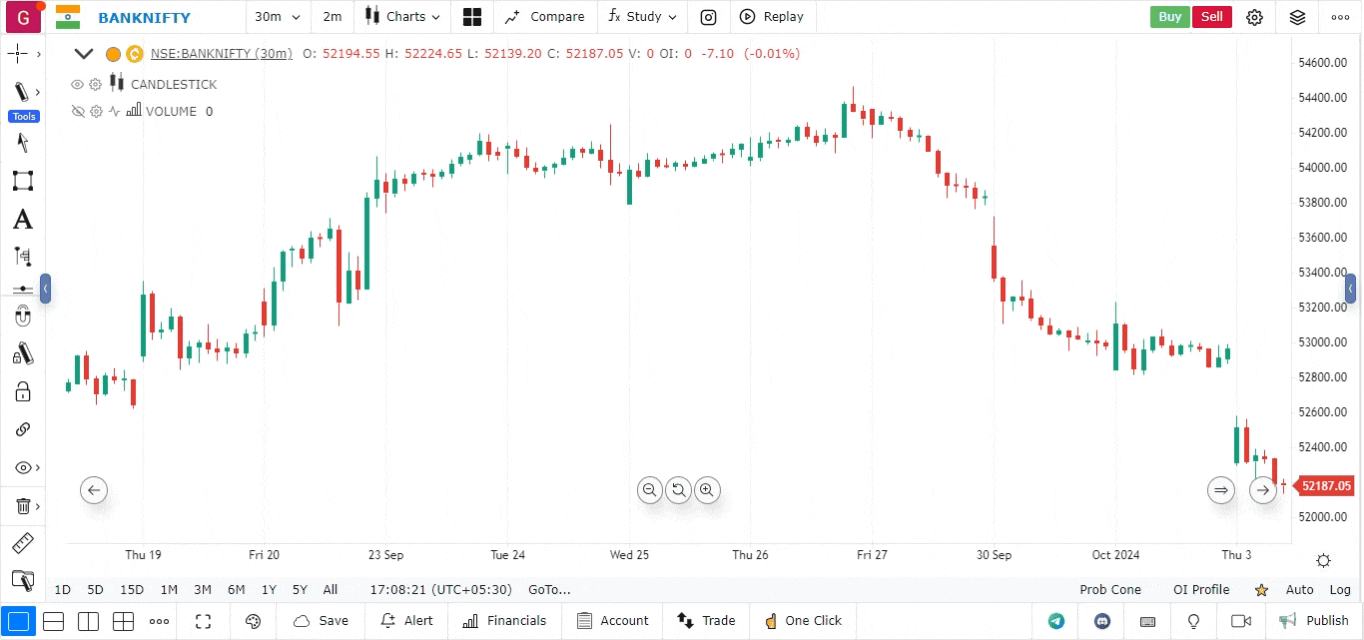Standard Deviation Indicator
The Standard Deviation Indicator measures the volatility or dispersion of price data over a specific period. It quantifies how much the price of an asset deviates from its mean (average) price. High standard deviation values indicate high volatility, while low values indicate low volatility. This indicator is commonly used in technical analysis to assess market conditions and identify potential trading opportunities.
Key Features of the Standard Deviation Indicator:
- Volatility Measurement: Assesses how much price movements deviate from the average price.
- Breakout Signals: Can help identify potential breakout opportunities when volatility increases.
- Market Stability: Provides insights into market stability or instability based on price behavior.
Calculation of the Standard Deviation Indicator
The Standard Deviation Indicator is calculated using the following steps:
- Calculate the Mean (Average) Price:
Where is the number of periods considered.
- Calculate the Variance:
- Calculate the Standard Deviation:
The result typically reflects the average deviation of prices from the mean price over the specified period.
The result typically reflects the average deviation of prices from the mean price over the specified period.
Using the Standard Deviation Indicator
To effectively analyze the Standard Deviation Indicator, follow these steps:
-
Load the Chart for the Asset:
- Open the charting platform.
- Load the chart for the specific asset you wish to analyze.
-
Set the Timeframe:
- Choose an appropriate timeframe for your analysis (e.g., daily, weekly). The Standard Deviation Indicator can be applied to various timeframes.
-
Add the Standard Deviation Indicator:
- Navigate to the Indicators section.
- Search for Standard Deviation in the list of available indicators.
- Click on the Standard Deviation Indicator to add it to your chart. It will appear in a separate panel below the main price chart.

-
Interpret Signals:
- Volatility Levels:
- High standard deviation values indicate higher volatility, which may suggest potential breakout opportunities.
- Low standard deviation values indicate lower volatility, which may suggest a more stable price environment.
- Price Movement:
- Observe price behavior in relation to standard deviation levels. A significant price move beyond one or two standard deviations can indicate a strong market signal.
- Use in Trend Analysis:
- Incorporate standard deviation levels into your trend analysis. For example, if prices are consistently hitting higher standard deviation levels, it may suggest a strengthening trend.
- Volatility Levels: